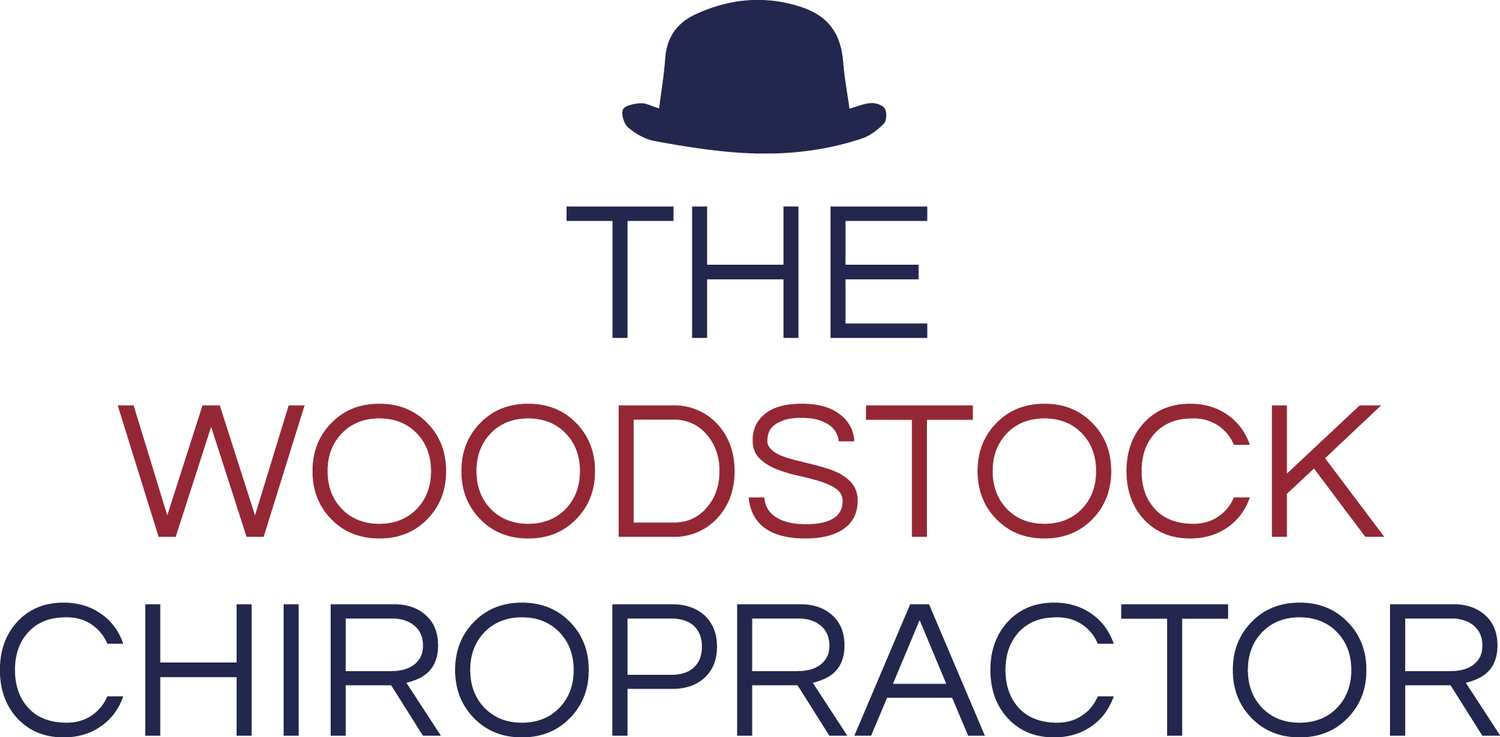Hi 👋 its Hayley here, one of the Chiropractors at The Woodstock Chiropractor 👩🏼⚕️
The gluteal muscles (your buttocks) have a really important role in looking after the low back. More often than not, most people have glutes that just aren’t working as well as they should, even top athletes! This inhibition over time can contribute to low back pain. It can be a real pain in the…well, bottom. And back.
We have 3 gluteal muscles:
Gluteus Maximus has several stability roles: balancing the pelvis on femoral heads (thigh bones) therefore, helping to maintain an upright posture, the attachment through the iliotibial tract (ITB) supports the outside of the knee, and lateral (outward) rotation of thigh when standing assists raising the arch of the foot
Gluteus Medius is an important muscle in walking, running and single leg weight-bearing because it prevents the opposite side of the pelvis from dropping during these movements. Gluteus medius works to maintain the side of the pelvis that drops therefore, allowing the other limb to swing forward for the next step.
Gluteus Minimus serves as the primary internal rotator of the hip joint. It helps with abduction (movement away from the body) and medial (inward) rotation of the thigh at the hip. Together with the gluteus medius, it acts to stabilise the hip and pelvis when the opposite leg is raised from the ground.
Perhaps an overlooked but important area for low back pain sufferers, the glutes help to level the pelvis and control every joint that lies below – this includes the ankle and foot! Therefore, these muscles are essential for the hip, pelvis and low back stability and balance each time your foot strikes the ground.
Consequently, if the glutes are ⚡️“turned off” ⚡️, off they stop working alongside the core and we start to lose the ability to stabilise efficiently, both when moving and in static positions. A neutrally braced spine equals an efficient power output and movement, better posture, more mobility, therefore being less prone to pain and injury.
So why might your glutes be deactivated? In a world of desk-based jobs and less activity, a big contributor to why glute deactivation is too much sitting 🙄. The glutes are meant to fire a lot, always working when we are on our feet. So, when we sit, the glutes are completely turned off and sitting for long periods further compresses the glute tissues, which in turn causes tightness around the hips and restricted movement, with this, excessive tone becomes present and gives rise to discomfort and pain.
The Bottom line…(see what we did there 🙈)
This is rapidly becoming a big problem in society, therefore, if you are experiencing some low back, hip or leg pain, consider how many hours you’re sitting and consider seeing your chiropractor to help address these issues.
Here at the clinic we are a big fan of integrating rehabilitative exercise to treat conditions and prevent further injury.
One of the clinic favourites for activating our glutes is the Glute Bridge, we aim to do 10 repetitions holding for 10 seconds once a day! Slowly up, slowly down!

